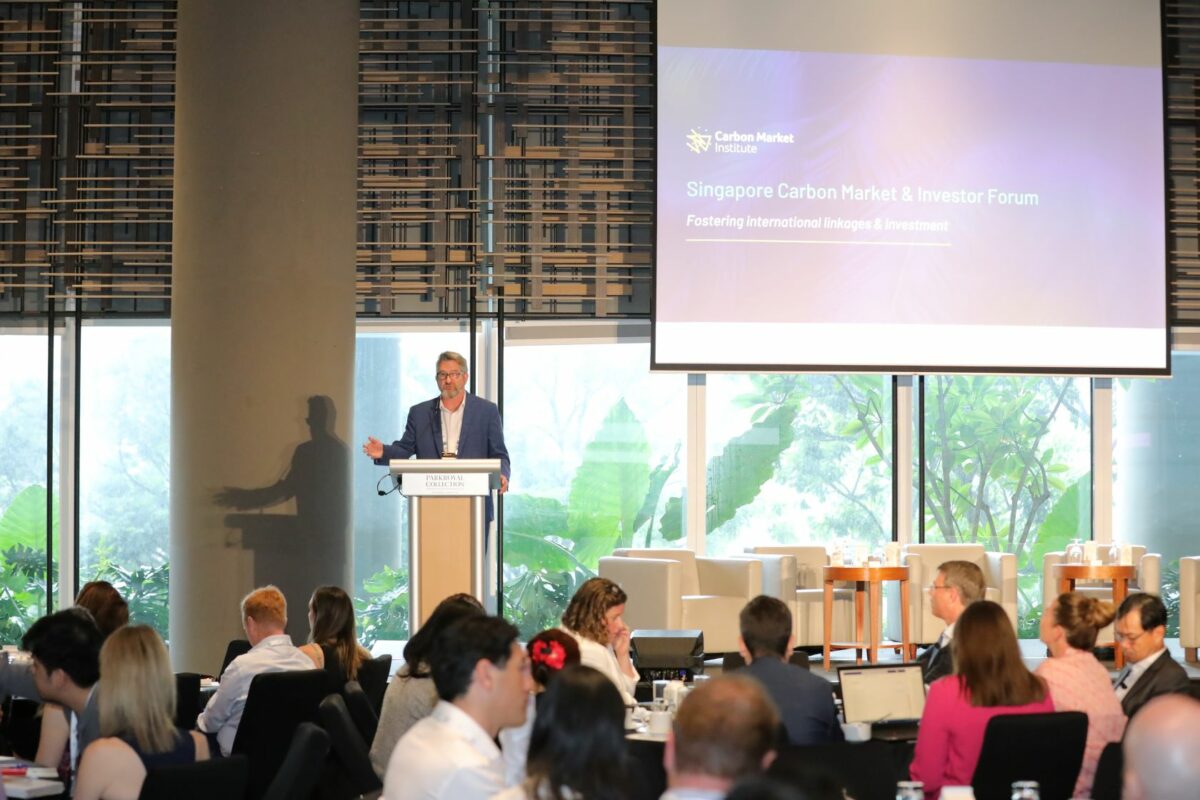March represented what was perhaps the most torrid month for Australian carbon markets since the dismantling of the carbon pricing mechanism and its replacement with the Emission Reduction Fund (ERF) and Safeguard Mechanism in 2015.
On the 4th March, many were surprised by the announcement of an exit arrangement for fixed carbon abatement contracts under the ERF, which occurred following limited public discussion and without proper consultation.
That turned the dial back on ACCU spot prices by six months, dropping to the $30 range broached in September, after the price rose from $16.50 at the start of 2021. Trading since then has been thin as the market continues to take stock of those implications, other developments, and the details of the exit arrangements themselves. CMI and others have requested a postponement of the first exit window, as details such as the benefits sharing arrangements (see consultation paper just released) are determined.
The other developments included accusations against Australia’s carbon market regulatory framework. CMI takes integrity issues very seriously and worked with an HIR Expert Sub-Committee to publish a Working Paper highlighting concerns with some of the foundational assumptions made in the papers, as well as suggesting practical ways forward. We look forward to this and other work being done on data sharing and integrity, including the Australian Carbon Market Integrity Explainer released on Friday, to assist conversations with critics, participants, investors, policy makers and the broader community.
Additional announcements from government last week were both welcome and disappointing. We welcomed the recognition of carbon farming as an agricultural activity, or form of primary production for taxation purposes, but were disappointed with the decision to proceed with the potential veto power for the Agriculture Minister.
One of the frustrations for me this month was the insufficient attention given to the annual Safeguard Facilities report. This showed a 70% increase in ACCUs being surrendered in a little-known compliance aspect of this existing carbon management and measurement mechanism. As many others note, this mechanism has the potential to better guide compliance and investment to help achieve the required halving of emissions this decade and net-zero emissions before 2050. In response to the Budget, but mindful of the other issues, I noted:
“We should not have a public and private investment policy framework that allows use of carbon credits, or carbon capture and storage technologies for that matter, without driving investment into real and verified emissions reductions at the scale required this decade.”
All of this was a vivid backdrop for our 6th Carbon Farming Industry Forum which had its first day last Friday and focused on integrity, supply and international linkages. The Forum further reinforced the fact that we can’t simply assume a river of credits will flow if we don’t get ambition, governance, integrity and investability right.
There are still tickets available for the second day of our Forum which will focus on co-benefits and natural capital, as well as regional opportunities.
It is important to remember that these markets are still in an emerging, nascent phase. Rapid growth and development over the past 12 months has brought the market into sharper focus, which of course comes with greater scrutiny. For the last half decade, the Government has been the primary purchaser through the ERF, and as we emerge from this bubble and as climate urgency grows, this scrutiny will only intensify.
Governments need to invest in, as well as manage and review appropriate frameworks, while working with industry and the community in building the knowledge and capacity required for their implementation. CMI will continue to partner with governments of the day, as well as robustly engage with them as Australia’s carbon markets evolve.
April is also looking lively as we work through issues raised and into an election campaign. For reference our CMI Policy Advocacy Position Paper is here. We develop those positions after consultation with members but independent of them with Board determining policies after consideration of member views, our vision and mission, and support for the Paris Agreement Temperature goals.

John Connor
CEO
Carbon Market Institute



